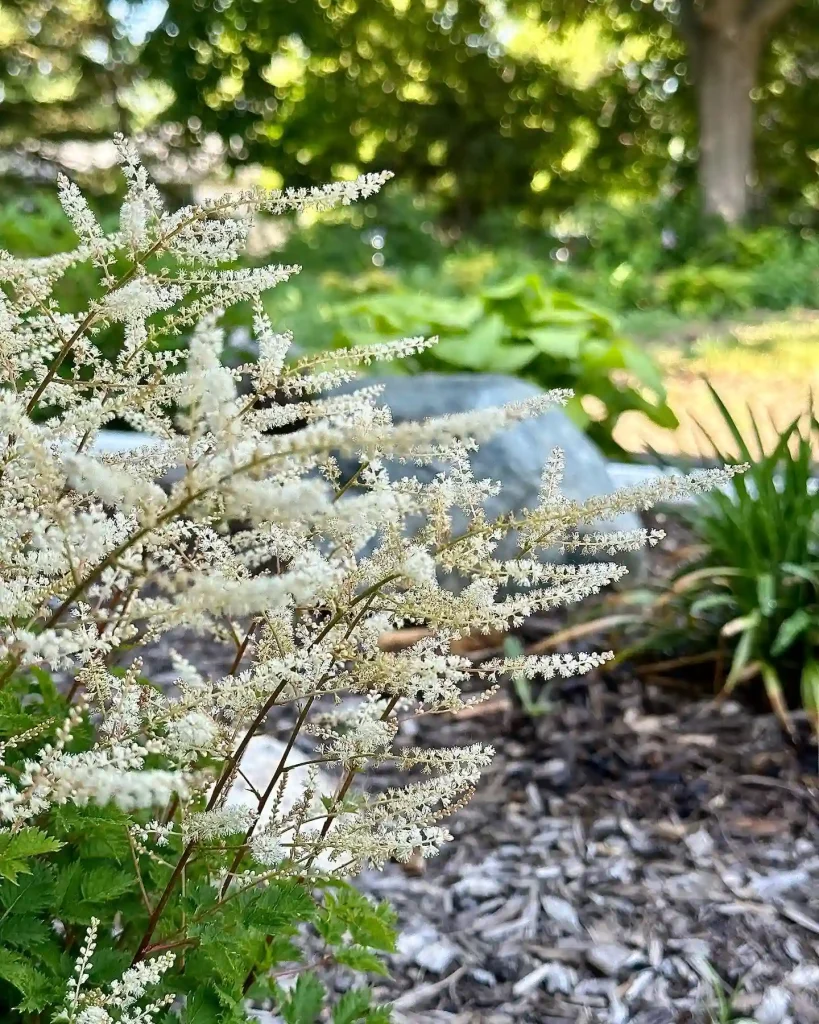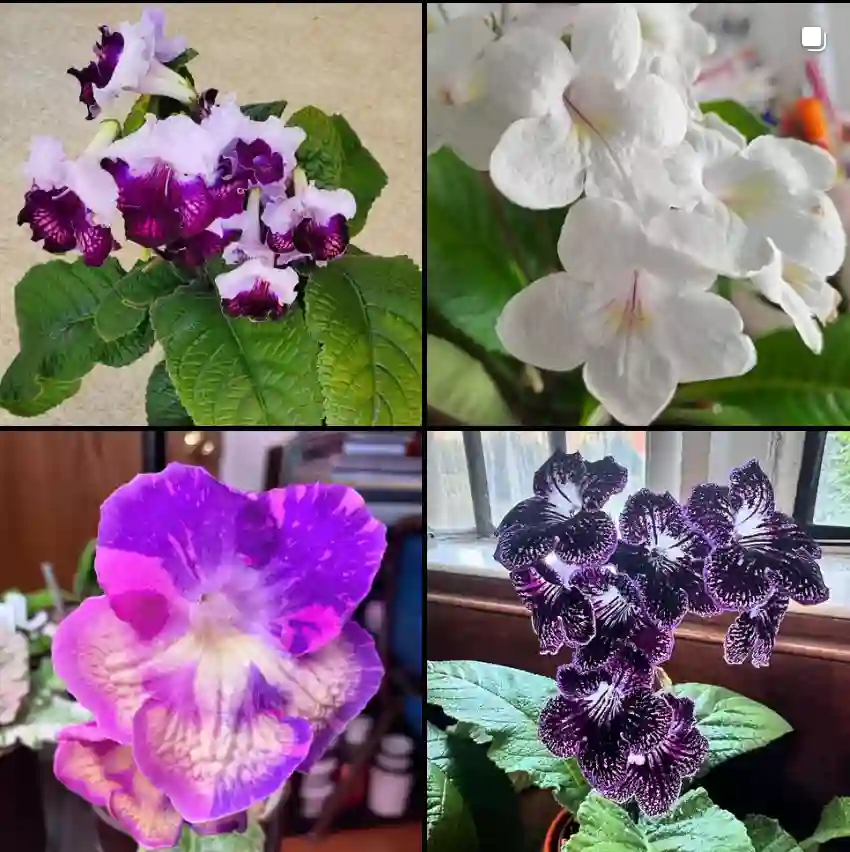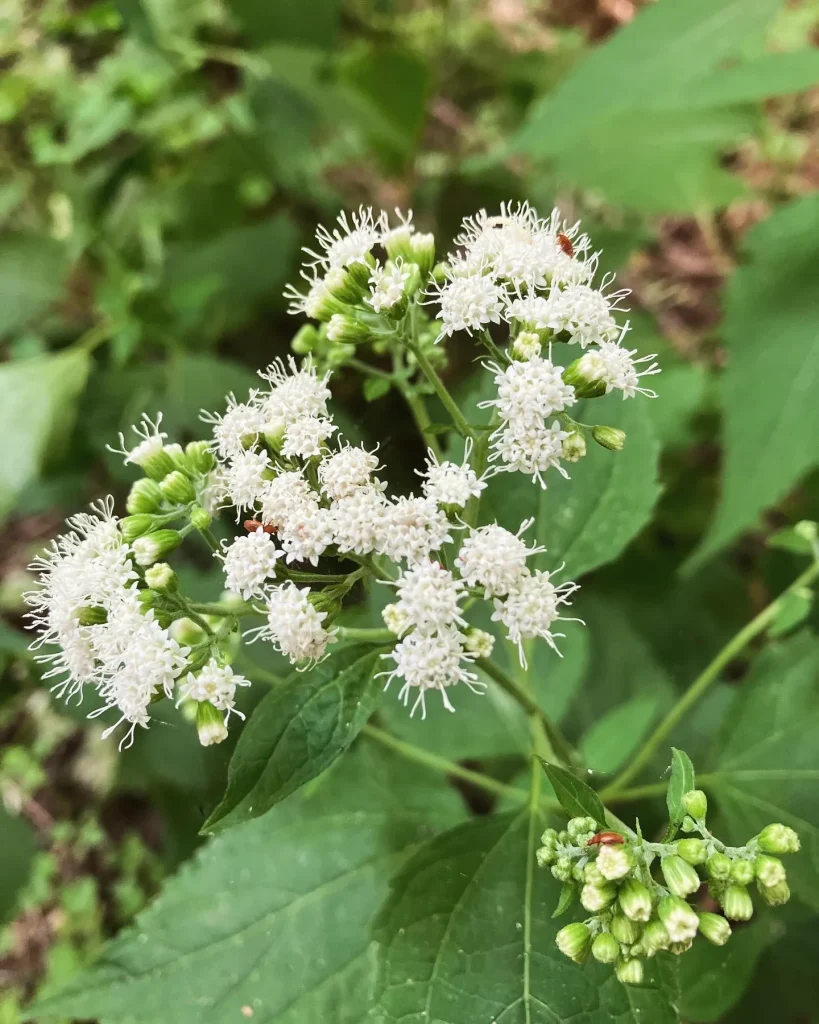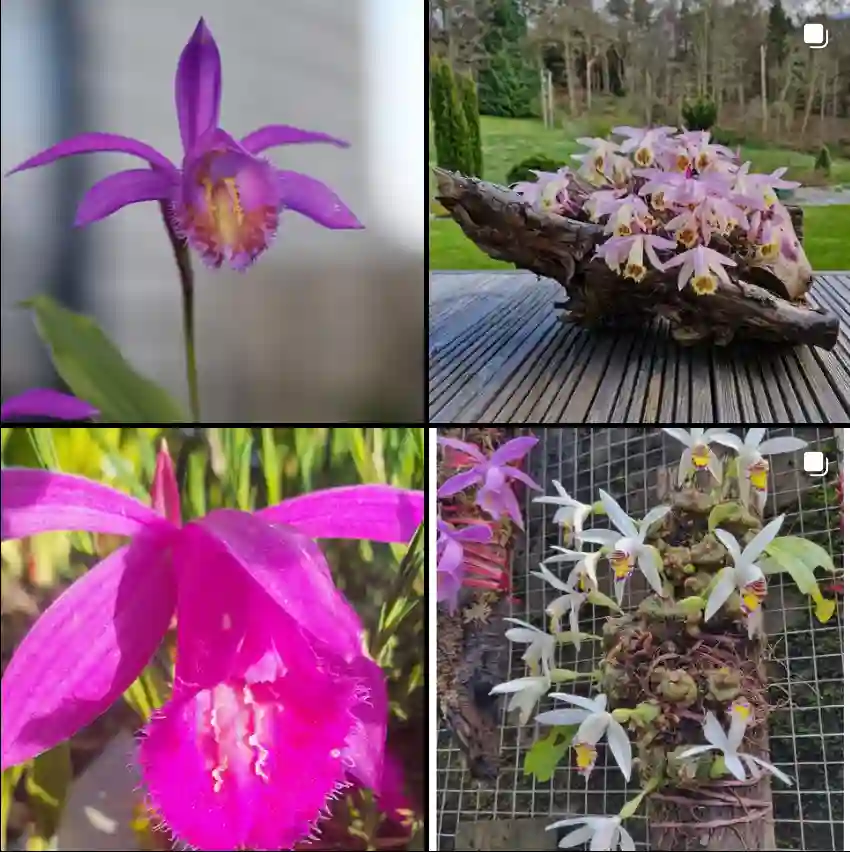My Fascination with the Loganiaceae Family
As a botanist, I’ve always been captivated by the diverse and intriguing world of plants. One particular family that has piqued my interest is the Loganiaceae family. This group of flowering plants, also known as the strychnine family, is renowned for its unique characteristics and ecological significance. In this article, I’ll delve into the fascinating world of Loganiaceae, exploring its key features, notable genera, and its role in the ecosystem.
Key Characteristics of Loganiaceae
The Loganiaceae family comprises a wide array of plants, ranging from trees and shrubs to vines and herbs. These plants are typically characterized by their opposite leaves, often with stipules or interpetiolar ridges. The flowers of Loganiaceae are usually bisexual and actinomorphic, with four or five petals and sepals. The fruits can be capsules, berries, or drupes, containing seeds that are often winged or hairy.
One of the most striking features of Loganiaceae is the presence of alkaloids in many of its members. These alkaloids, such as strychnine and brucine, are potent toxins that have been used for medicinal and poisonous purposes throughout history. While these alkaloids can be dangerous, they also play a crucial role in the plant’s defense against herbivores and pathogens.
Genera of Loganiaceae
The Loganiaceae family encompasses a diverse range of genera, each with its unique characteristics and ecological adaptations:
- Adelphacme – Native to Australia, Adelphacme includes small, herbaceous plants often found in arid and semi-arid regions.
- Antonia – Found primarily in tropical South America, Antonia includes shrubs and small trees known for their glossy leaves and tubular flowers.
- Bonyunia – Bonyunia comprises small shrubs with delicate, tubular flowers, primarily located in South America.
- Gardneria – This genus is recognized for its climbing shrubs with opposite leaves, mainly distributed in tropical Asia.
- Geniostoma – With its unique, fragrant flowers, Geniostoma is a genus of shrubs and small trees spread across tropical and subtropical regions, including the Pacific islands.
- Logania – Logania species are small shrubs or herbs native to Australia and New Zealand, known for their star-shaped flowers.
- Mitrasacme – Found mainly in Australia and Southeast Asia, Mitrasacme includes small, herbaceous plants with tiny, star-shaped flowers.
- Mitreola – A genus of small, herbaceous plants with delicate, four-petaled flowers, Mitreola occurs in various temperate and tropical regions.
- Neuburgia – Native to the Pacific Islands, Neuburgia comprises small trees or shrubs with oppositely arranged leaves and tubular flowers.
- Norrisia – Norrisia is a lesser-known genus with limited information, likely including small, herbaceous plants.
- Orianthera – This genus consists of shrubs with unique floral structures, found in tropical regions.
- Phyllangium – Phyllangium consists of small, herbaceous plants primarily native to Australia with distinctive leaf arrangements.
- Schizacme – A small genus found in Australasia, Schizacme includes herbaceous plants with tiny, clustered flowers.
- Spigelia – Known for its striking tubular flowers, Spigelia includes medicinal and ornamental plants native to the Americas. – 97 Species in Genus Spigelia
- Strychnos – Strychnos is notable for its woody vines and small trees, some species of which produce strychnine, native to tropical regions.
- Usteria – Usteria includes shrubs or small trees found in Southeast Asia, often with characteristic opposite leaves and small flowers.
Ecological Significance of Loganiaceae
The Loganiaceae family plays a vital role in various ecosystems around the world. Many Loganiaceae species are important food sources for pollinators such as bees, butterflies, and birds. The fruits of some species are also consumed by mammals and reptiles, contributing to seed dispersal.
Furthermore, Loganiaceae plants often serve as host plants for various insects, including butterflies and moths. The alkaloids present in many Loganiaceae species also deter herbivores, protecting the plants from excessive grazing.
In addition to their ecological importance, Loganiaceae plants have been used by humans for centuries for various purposes. The alkaloids present in some species have been utilized for medicinal purposes, while the wood of certain trees has been used for construction and fuel.
Conclusion
The Loganiaceae family is a captivating group of plants with a rich history and ecological significance. From the potent alkaloids of Strychnos to the fragrant flowers of Gelsemium, Loganiaceae plants exhibit a remarkable diversity of forms and functions. As a botanist, I am continually fascinated by the intricacies of this family and its crucial role in the natural world. I encourage you to explore the world of Loganiaceae and discover the wonders of this remarkable plant family.
If i die, water my plants!



